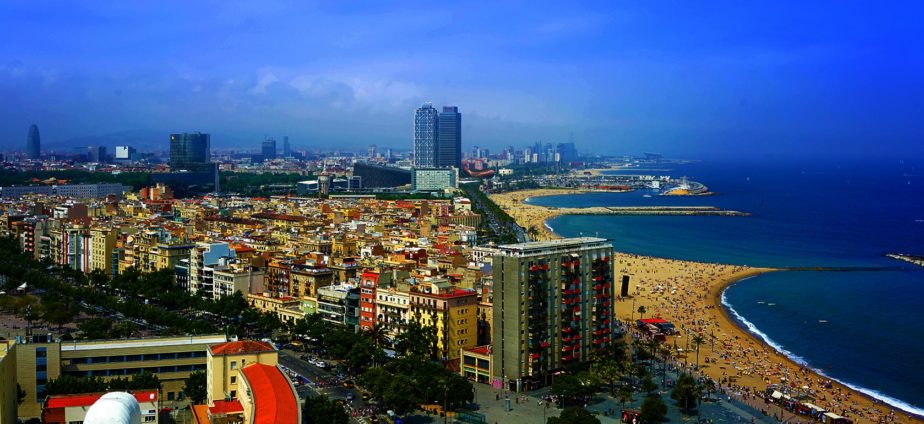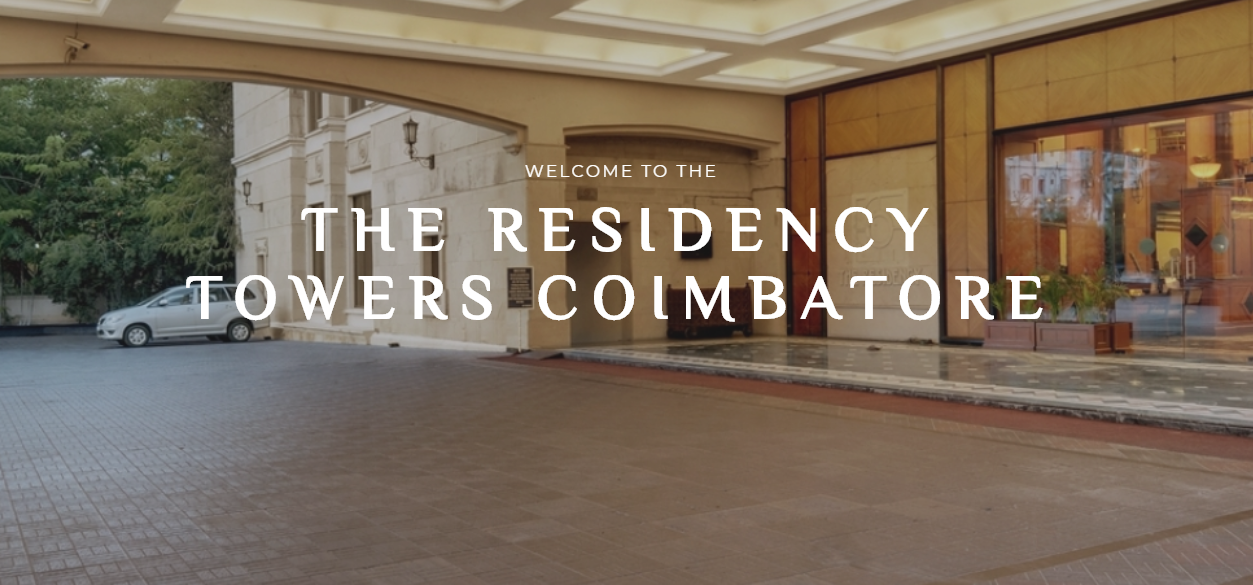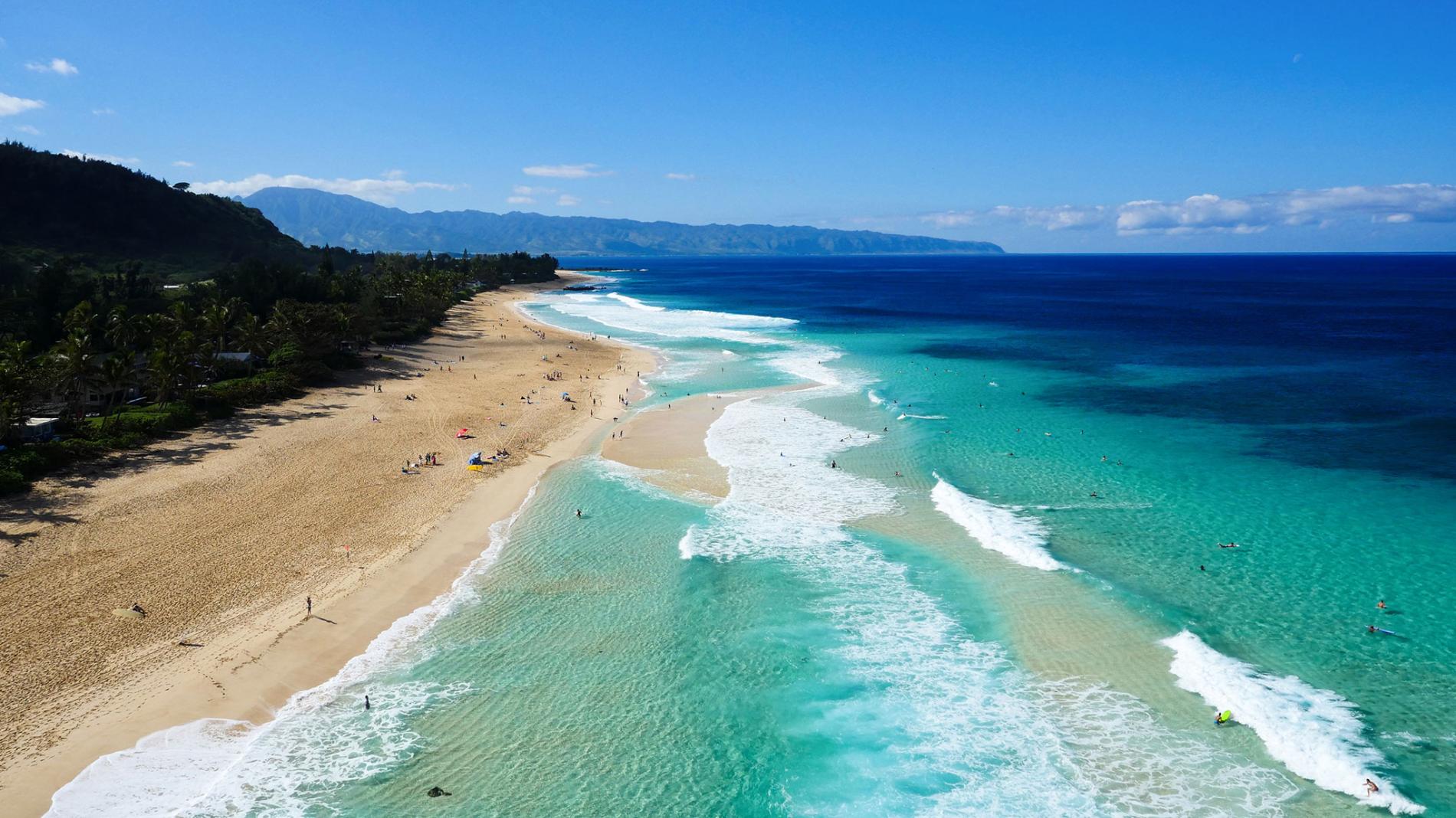If you are planning to travel in 2019, then you should go to Barcelona and must visit these 10 places.
Ciutadella Park
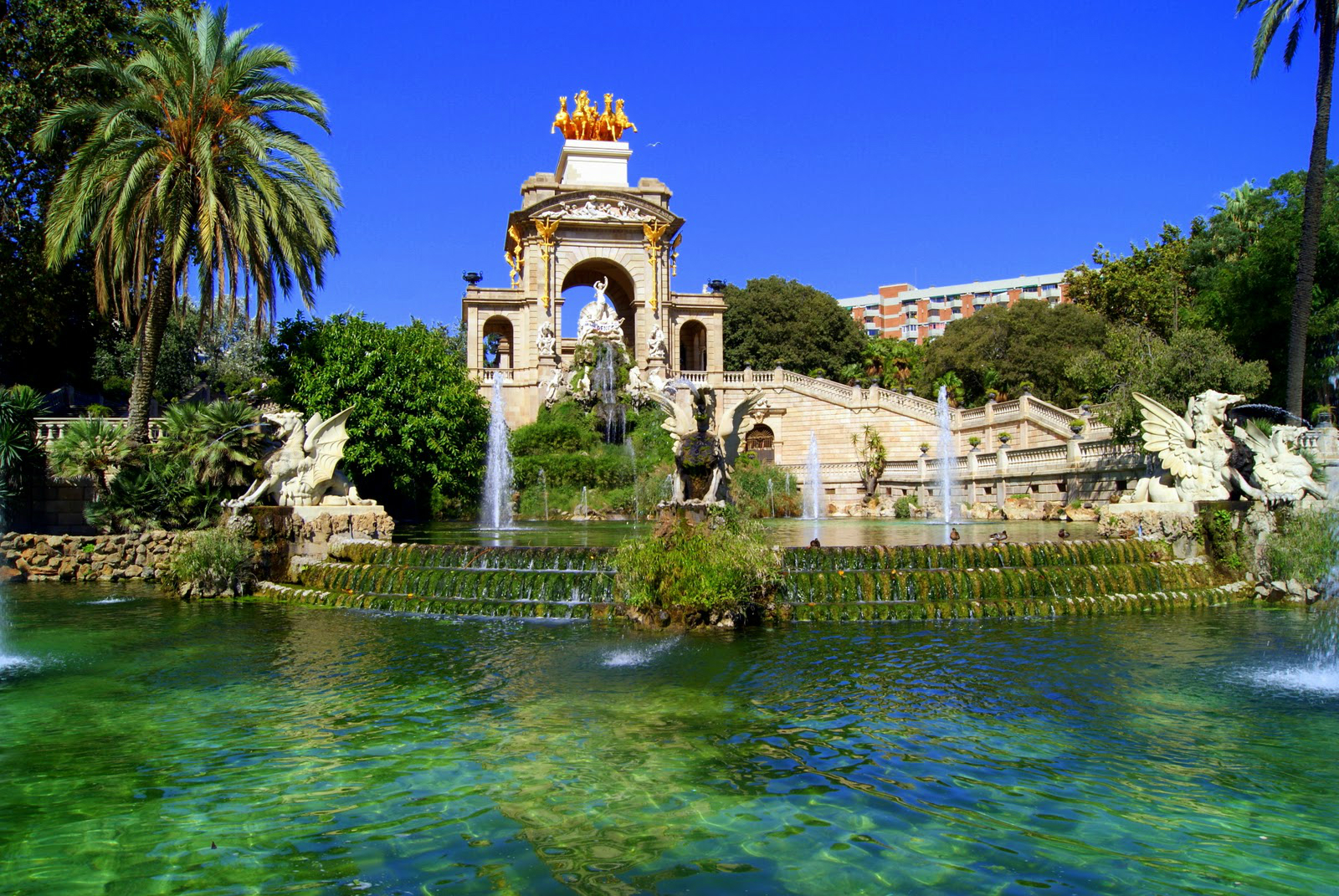
Ciutadella Park was created in the 19th century and is considered the greenest oasis in Barcelona. This historical garden stretches across 280,000 m2 and it includes the city zoo, the Catalan Parliament, a small lake, a large fountain and museums. Don’t miss also Arc de Triomf which is very close to the park and was built as the main access gate for the 1888 Barcelona World Fair.
La Barceloneta
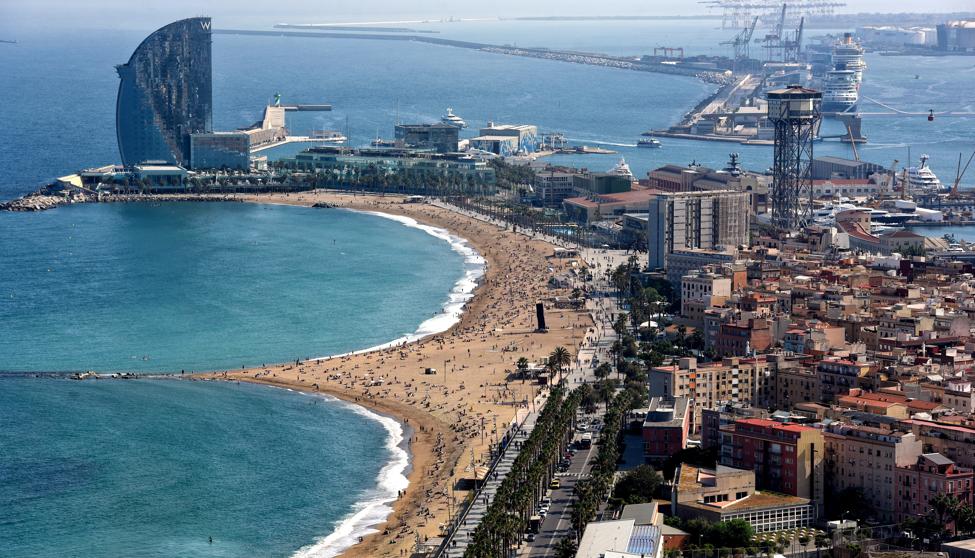
La Barceloneta is a neighborhood in the Old City of Barcelona. It is now most famous for its sandy beach and numerous restaurants and nightclubs along the boardwalk. Barcelona has some great sand beaches but can get very crowded in the summer time. It’s also home to Barcelona’s most iconic luxury 5-star W Hotel that mimics the shape of the sail.
Park Güell

The Park Güell is a public park full of gardens and architectonic elements located on Carmel Hill. With urbanization in mind, Eusebi Güell assigned the design of the park to Spanish architect Antoni Gaudí. The park was built between 1900 and 1914 and was officially opened as a public park 12 years later. In 1984, UNESCO declared the park a World Heritage Site under “Works of Antoni Gaudí”. Part of the park is free but if you want to sit on the long curved mosaic bench in the form of a sea serpent or see the famous lucky lizard you need to pay a small fee.
Sagrada Família
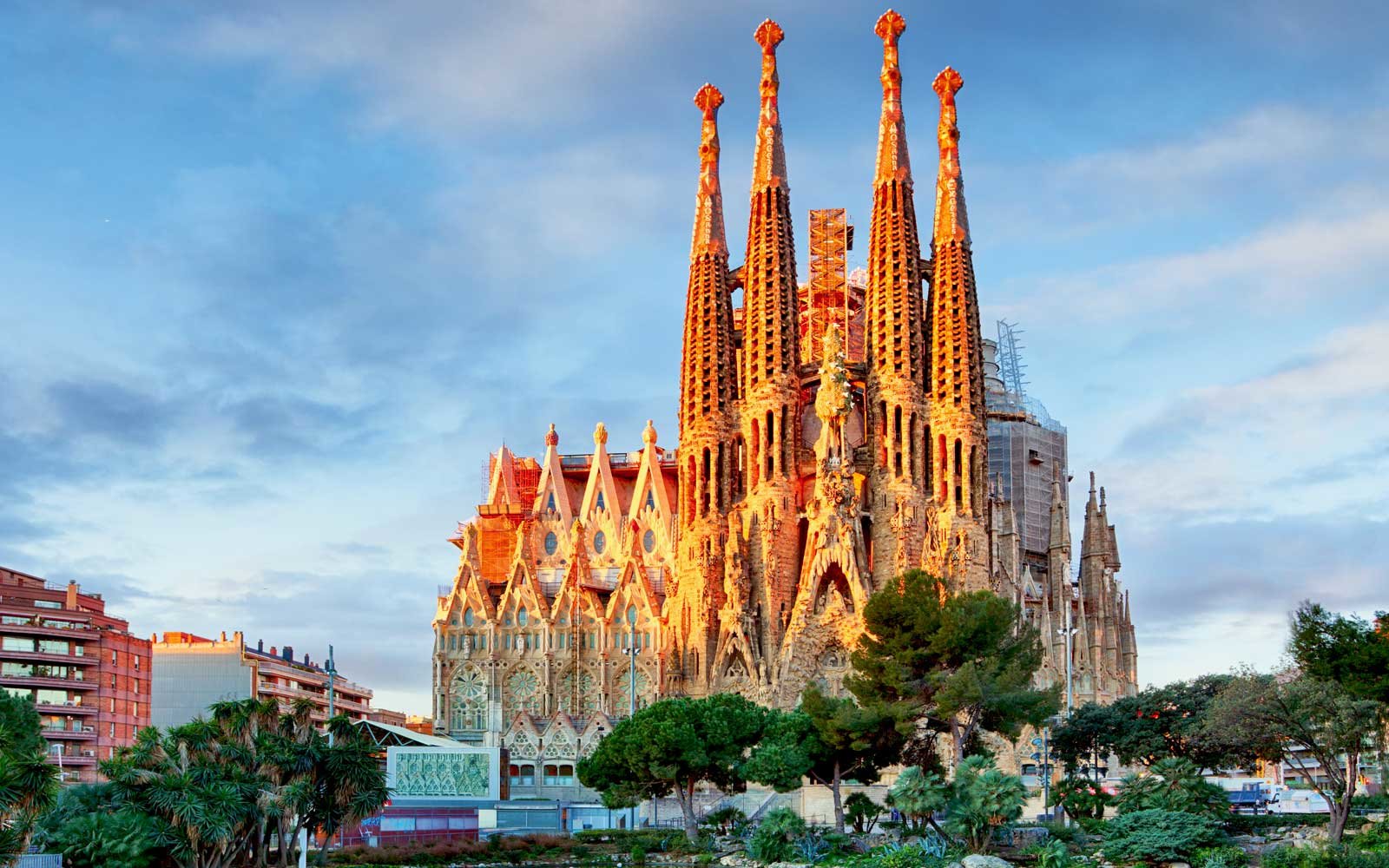
Sagrada Família is a large unfinished Roman Catholic church. The construction of Sagrada Família started in 1882 under architect Francisco de Paula del Villar. One year later Villar resigned and Gaudí took over as chief architect combining Gothic and curvilinear Art Nouveau forms. The church is not yet completed and is planned to be finished by 2026. Together with six other Gaudí buildings in Barcelona, part of la Sagrada Família is a UNESCO World Heritage Site as well. Be prepared to wait in a long line outside Sagrada Familia if you want to see inside.
Gothic Quarter
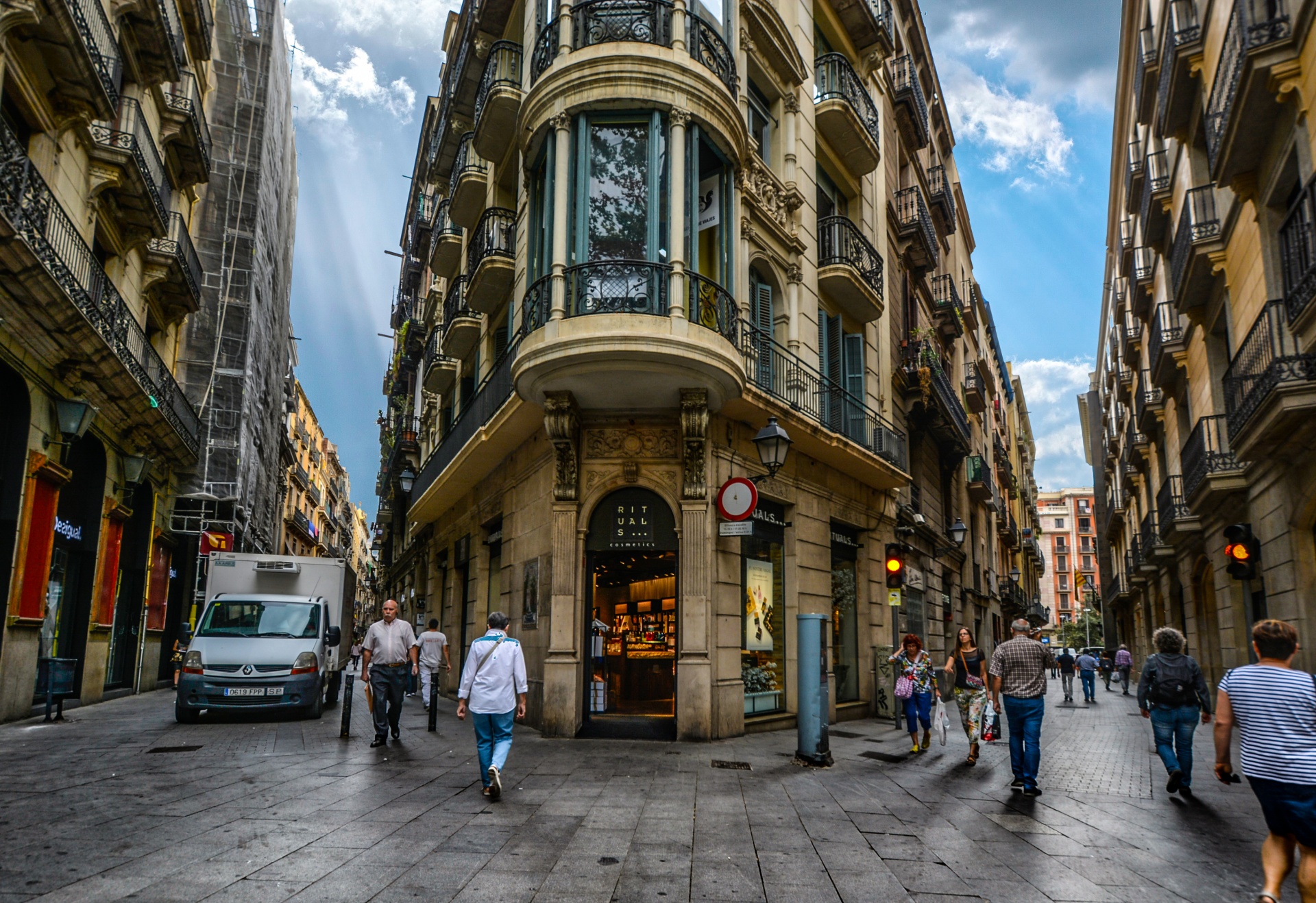
Gothic Quarter is the center of the old city of Barcelona. The quarter covers the oldest parts of the city and includes the remains of the city’s Roman wall and several notable medieval landmarks. It consists of a labyrinthine street plan with numerous small streets opening out into squares. Despite its name, several landmark Gothic buildings in the neighborhood do not date to the Middle Ages but to the late 19th and early 20th century.
La Rambla
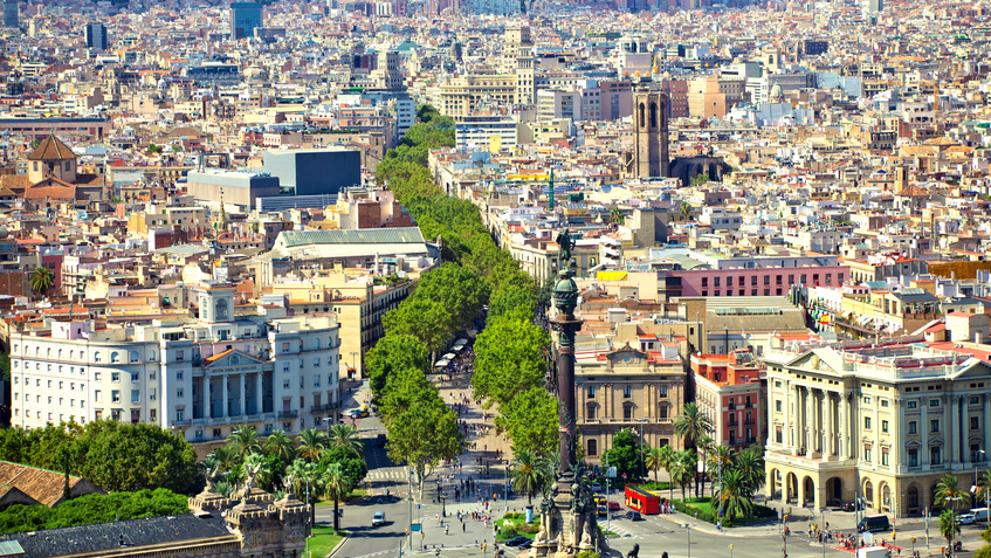
La Rambla is a 1,2 km long crowded street in central Barcelona. It was originally a sewage-filled stream-bed, usually dry, but an important drain for the heavy rainwater flowing from the hills during spring and autumn. With thousands of tourists wandering around and soaking up the atmosphere, La Rambla is one of Barcelona’s main attractions. However, the boulevard is also infamous for thieves and scammers. In fact, Barcelona is usually called pickpocket capital of the world.
La Boqueria
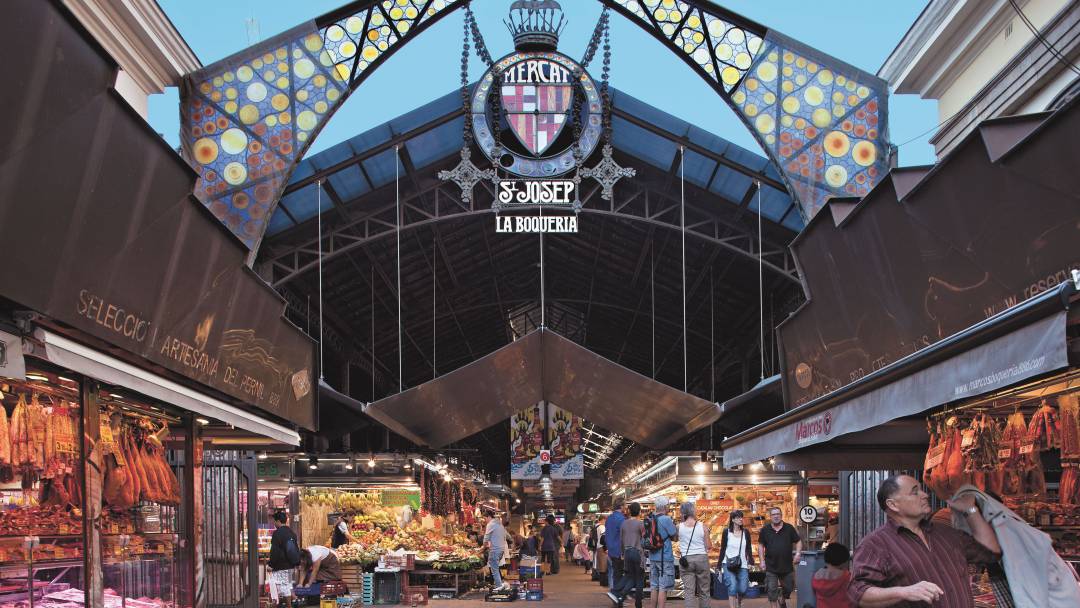
La Boqueria, is a large public market in the Old City district of Barcelona and one of the city’s main tourist landmarks with an entrance from La Rambla. The first mention of the Boqueria market in Barcelona dates to year 1217. The current name is believed to derive from the Catalan “boc”, meaning “goat”, therefore a boqueria would be “a place where goat meat is sold”.
Catalonia Square
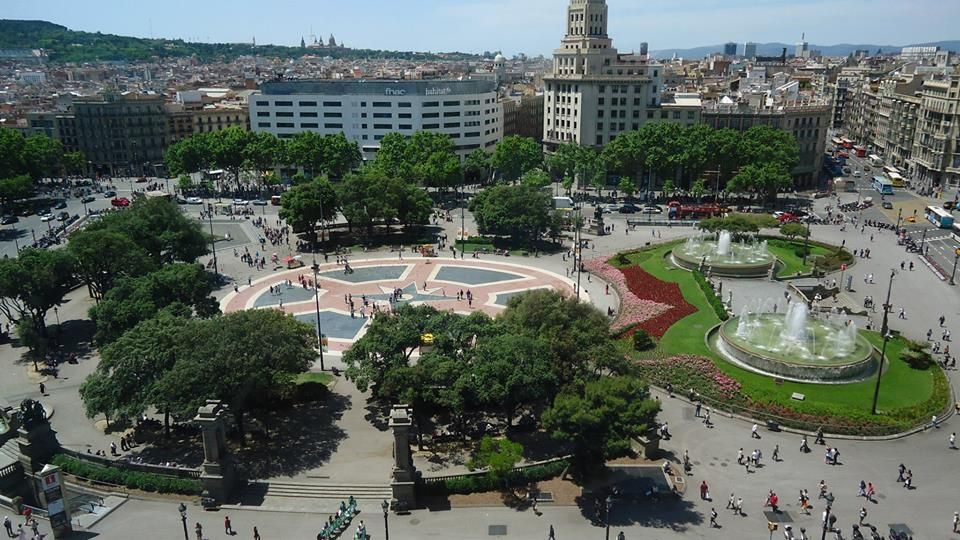
Catalonia Square is a large square in central Barcelona that is generally considered to be both its city center and the place where the old city and the 19th century-built Eixample meet. Some of the city’s most important streets and avenues meet at Catalonia Square. It is especially known for its fountains and statues, its proximity to some of Barcelona’s most popular attractions, and the flocks of pigeons that gather in the center.
The Magic Fountain
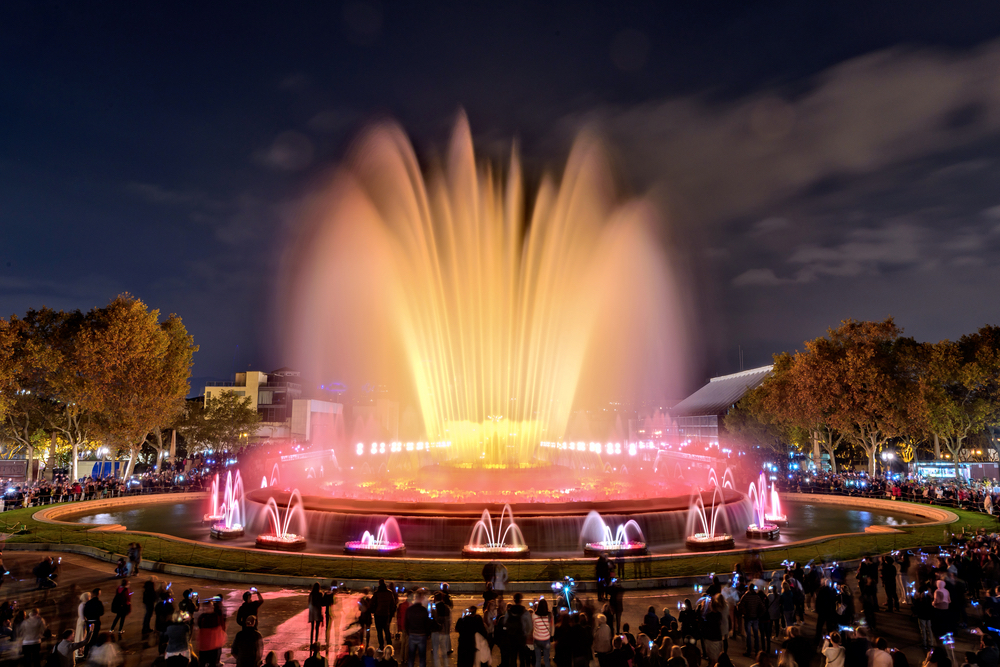
The fountain is situated below the Palau Nacional on the Montjuïc mountain and near the Plaça d’Espanya. The fountain, like most of the surrounding developments, was constructed for the 1929 Barcelona International Exposition. The first show took place on May 19 the same year the day before the start of the Exposition. The fountain was badly damaged in the Spanish Civil War and did not operate until 1955. In the 1980s, music was incorporated with the light show and the fountain, along with the Museu Nacional, was completely restored prior to the 1992 Summer Olympics held at Montjuïc.
Museums And Exhibitions
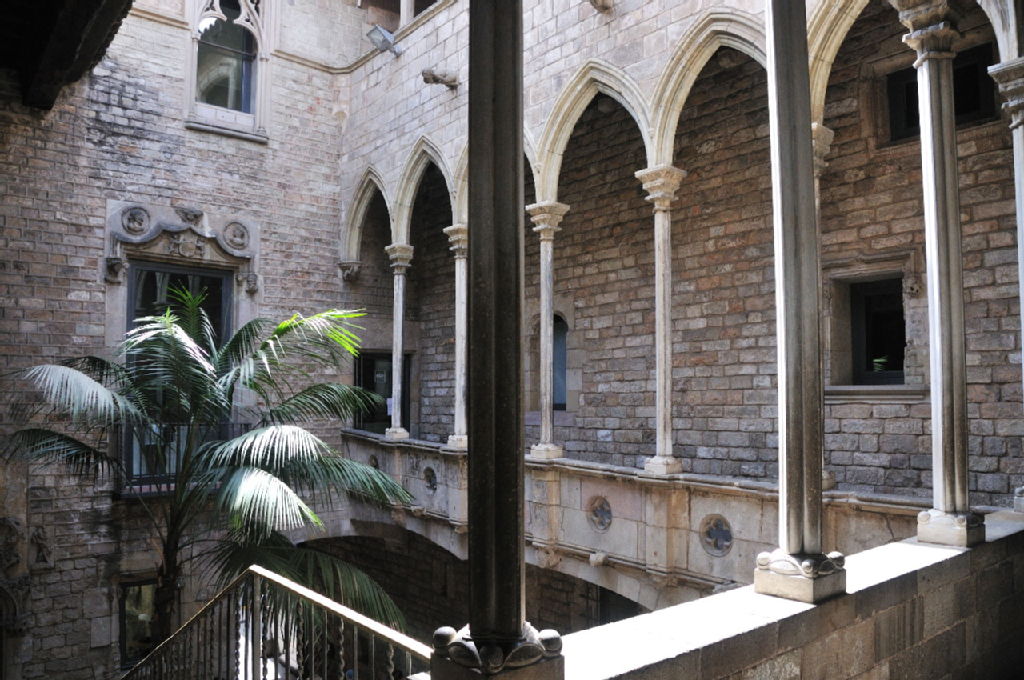
In Barcelona, there are numerous remarkable museums and exhibitions. We visited CCCB where we experienced an exhibition After the end of the world. Is an art installation that is, among other things, demonstrating our society’s responsibility to the generations who will be born and growing up in 21st century. An unforgettable experience. Of course, there are plenty other sights to see and things do in Barcelona, for example: Casa Mila that was also designed by Gaudí. Montjuïc Castle with amazing view towards the city The largest football stadium in Europe and 2nd biggest in the world, Camp Nou. Tibidabo, a mountain overlooking Barcelona featuring a church and amusement park The Columbus monument, built in 1888 for the World Exposition honoring Christopher Columbus’ first voyage to the Americas.
